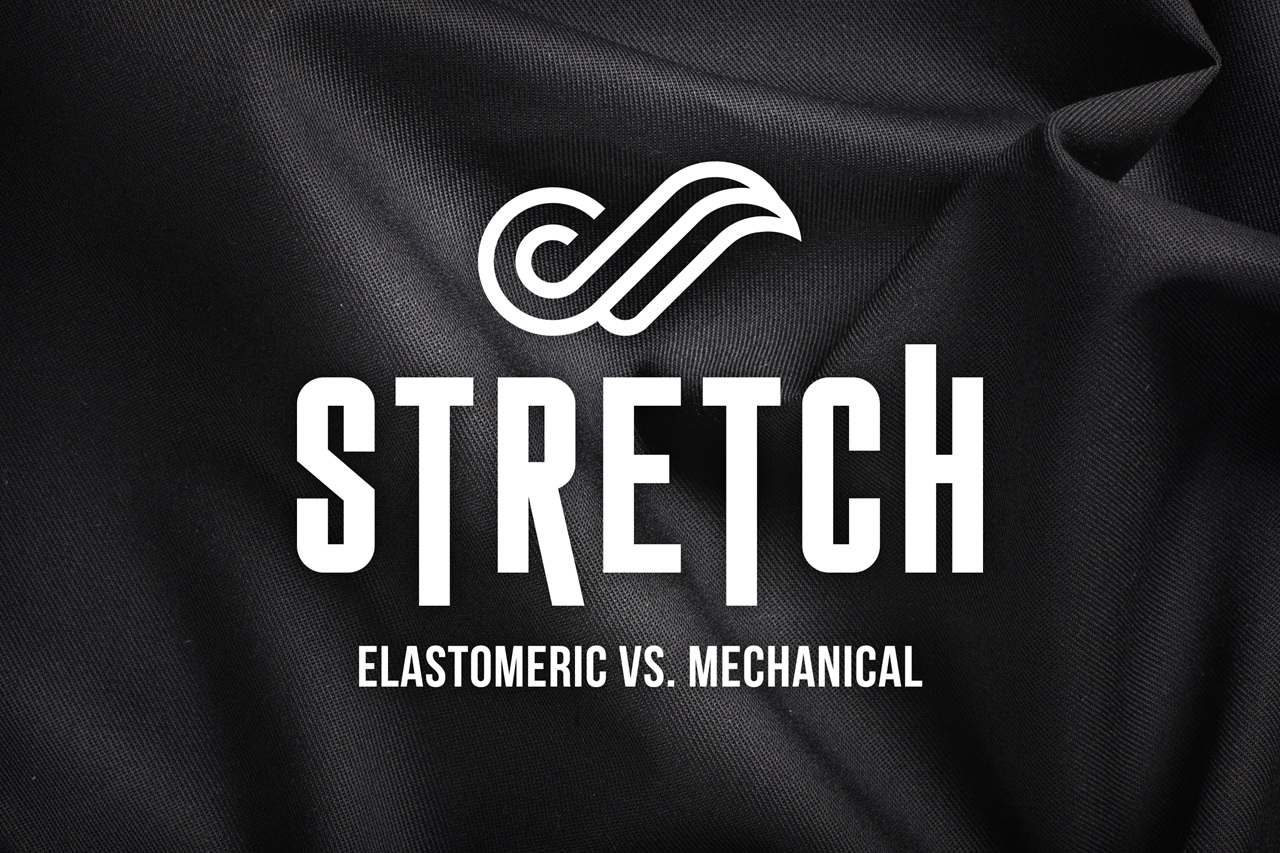Stretch workwear fabrics compared: Which one performs best?

As the line between workwear and casual clothing continues to blur, stretch workwear fabrics are setting a new standard in performance. Combining freedom of movement with technical durability, these fabrics are reshaping how industrial uniforms are worn, offering mobility, comfort and long-lasting resilience across a range of demanding applications.
At Carrington Textiles, we’ve seen rapid adoption of stretch technology across our product ranges, including our most advanced flame retardant and defence fabrics. Whether it’s for combat uniforms, protective industrial clothing or workwear for hospitality, the demand for stretch workwear is growing and we’re responding with versatile solutions built to meet the needs of today’s workforce.
Choose the Right Stretch: Elastomeric vs. Mechanical
Carrington Textiles offers two stretch technologies engineered for workwear:
- Elastomeric stretch: Uses high performance elastic fibres for dynamic movement and comfort.
- Mechanical stretch: Achieves flexibility through specialist weaving techniques, offering moderate stretch with high durability.
Elastomeric Stretch Fibre Comparison
These fibres are integrated into several of Carrington Textiles’ stretch workwear fabrics, including a selection of our flame retardant products, where flexibility is critical without compromising protection standards.
Mechanical Stretch Fabrics: Strength Through Weave
For environments where moderate flexibility is sufficient and elastomeric content isn’t required, mechanical stretch fabrics offer a high durability, cost effective alternative.
Mechanical vs. Elastomeric Stretch Comparison
Mechanical stretch is a strong choice for everyday workwear, uniforms, and imagewear, offering reliable flexibility, long-term durability, and a more cost-effective solution where high elasticity isn’t essential.
Which one moves best with the job?
The short answer: it depends. Mechanical stretch offers reliable flexibility and excellent durability for everyday workwear and uniforms. Carrington Textiles’ Rivington range (205gsm and 220gsm), for instance, features mechanical stretch properties, making it ideal for imagewear, leisurewear and healthcare garments. Elastomeric stretch, on the other hand, provides maximum movement and comfort for roles that demand high mobility. An example of this type of stretch is well represented by fabrics like Tahoe, which provides high-stretch EOL performance for end uses that include jackets, trousers, and tunics across a range of working environments.
Find out more about our stretch fabrics on our Workwear, Flame Retardant and Defence range pages.
